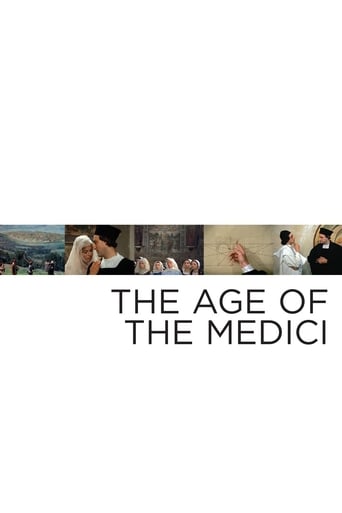TanakaK
An earlier (the sole, in fact) reviewer of this series suggested that one should approach this 3-part series as an illustrated text rather than a film. S/He was so right! I would speculate that most people should pass on buying this set. Yes, Rosellini's costumes and sets are wonderful. Nearly every frame would make a frame-able painting. And the the daily life details -- the wet horse-dung in the streets, the general filthy conditions of the period, the exquisite artisan-ship of garments for the wealthy -- are sublime.But this series is filled wall-to-wall with dense, rapid dialog in Italian. It's nearly impossible to follow with English subtitles. And the characters just start to blend into a smear by the end of the first episode. There is virtually nothing to break the series out of its yak-yak-yak drone, historically significant though it may be.I think even Italians will have a great challenge to remain conscious for this series.
simon-1303
This is not really a drama; instead it's social,economic and political history told through sophisticated conversations between the protagonists and the odd set piece confrontation. Interactions are illustrative rather than performed. The positives are the real life settings using period buildings and cityscapes, the fascinating costumes and furnishings and the generally well done portrayal of interactions at the highest level. The subjects range widely: commerce, banking, arts, architecture, politics, diplomacy, government, though they are not covered in detail, with Rosselini skimming the surface in an appealing though superficial way. One might say one gets a feel for the themes of the period and it will be enjoyed more by those who don't know much about the period already.So it doesn't have much on personal or family relationships, convincing conflict or intrigue, a sense of how the elite actually lived or much at all about the poorer section of the population. Think of it as a traditional history textbook with very rich illustrations.



